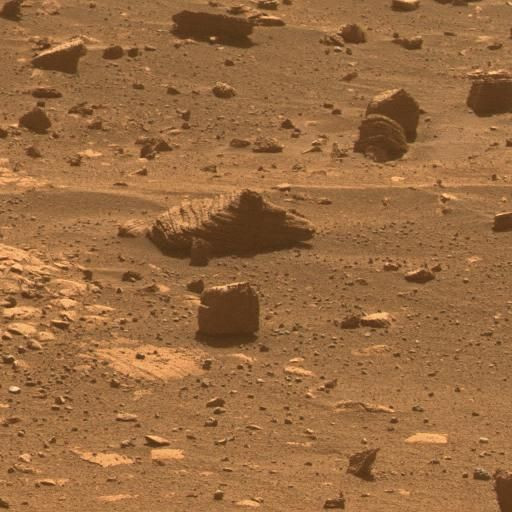Mars Shocking Discovery: Why Red Planet's Lightning Is Weak And Rare

Mars' lightning would be weaker and less frequent than Earth's, according to a new study.
New research published in the journal Icarus revealed surprising findings of Mars' atmosphere, specifically how it has affected the occurrence of lightning on the planet. Researchers found that based on data obtained by Europe's Mars Express spacecraft and California's Allen Telescope Array, lightning is less energetic and happens less often than expected due to the Red Planet's thin air.
In 2009, scientists announced that they detected microwave emissions from a 2006 dust storm on Mars. It was suggested that the emissions were the result of sudden, huge electrical discharges, thus revealing the first proof of lightning on the Red Planet.
Researchers then looked at data collected by the Mars Express over a period of five years, as well as three months of data collected by the Allen telescope. After that first detected occurrence, however, no other radio evidence of thunderbolts had been found in dust storms on Mars.
As for why lightning is so rare on Mars, scientists ran simulations of this atmospheric activity, focusing particularly on the type of thunderbolts dust storms could generate.
The storms' sand grains and other particles create electric charge in what is known as the triboelectric effect, which happens when two objects repeatedly collide with or rub against one another. In such cases, the surface of one object could take electrons from the other material's surface, thus accumulating charge.

For the study, researchers used grains of a dark volcanic rock often found on Mars' crust called basalt in order to recreate the Red Planet's dust storms and determine the conditions in which lightning occurs.
Spherical basalt grains were placed on a plate, which was then vibrated for half an hour at varying air pressure in order to produce the trioboelectric charge. The researchers then measured the grains' level of electric charge, eventually determining that low air pressure prevents electric charge from accumulating.
Meanwhile, dust storms are just one of the many things Mars missions have to seek a solution for before spacecraft start their journey to the Red Planet. In June 2018, NASA's Opportunity rover mission was cut off from communications with Earth after having been caught in a planet-wide dust storm.
NASA made one last attempt to contact the rover in February but received no reply from Opportunity. The Mars rover's mission was put to an end officially after nearly 15 years of exploration of the Red Planet, according to a statement.
However, NASA is already gearing up for another Mars mission. The Mars 2020 rover is set to launch on July 17, 2020, and is expected to arrive on Mars' Jezero Crater on Feb. 18, 2021.
© Copyright IBTimes 2024. All rights reserved.





















